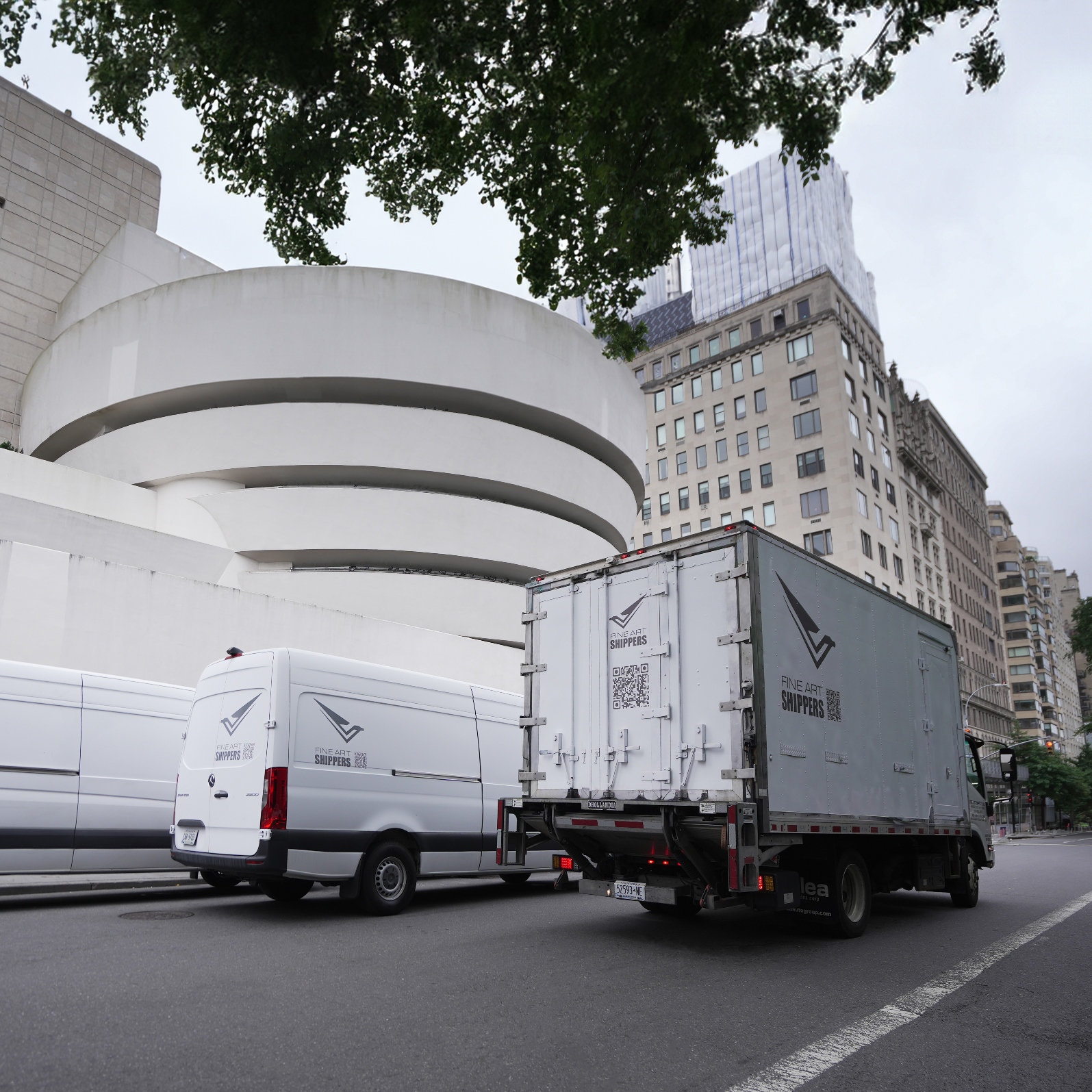Moving a masterpiece from one museum to another is an art in itself, as there are numerous safety concerns to address, from painting evaluation to security measures and insurance. Transportation occupies an important place in the moving process and must be performed by trained professionals using specialized trucks and equipment. Below, we explain how a museum art shuttle can be used for shipping oil paintings and why it is indispensable for the most fragile and rare pieces.
When a Museum Art Shuttle Is a Must
Old, rare, and fragile oil paintings tend to have a low resilience threshold, meaning that improper packing, indifferent handling, and the absence of a climate-controlled environment can inflict irreversible damage. For such objects, museum-quality art transport is one of the primary requirements, irrespective of the distance that the painting will travel. For instance, curators and conservators consider art shuttles as a key factor in the decision to lend a work of art, especially when handling works that are immeasurably culturally important. Museum specialists prioritize services that provide extra-careful handling that would prevent any tears, punctures, or dents during transportation.
Looking beyond safety considerations, art shuttles are also an integral part of the contemporary art market, where oil paintings travel in large quantities between auction houses, owners, dealers, art galleries, and museums. Considering the high value and price of these art pieces, a museum art shuttle is needed to perform the specialized and technically challenging work of art transportation.
How Does Art Shuttle Work, and Why Is It Special?
Art shuttles are part of an intricate logistics chain where insurance and white glove delivery, packing, handling, and installation combine to ensure proper protection of artworks. Booking a fine art shuttle allows museums to ensure that the transportation will be handled by trained staff and that the paintings will travel properly packed and in climate-controlled conditions. Art shuttles are also equipped with air-ride suspension that prevents vibration, and often with custom-made padding and shelves that permit securing the painting of any size.
Another special thing about art shuttles that differentiates them from standard delivery trucks is that they usually come with additional services that may include packaging, crating, installation, and storage. Besides, an art shuttle team is well-trained to collaborate with specialists within large-scale projects, e.g., when the whole museum collection is being transported. So, equipment, training, and experience working in multidisciplinary teams make the art shuttle services ideal for handling art on the move.
